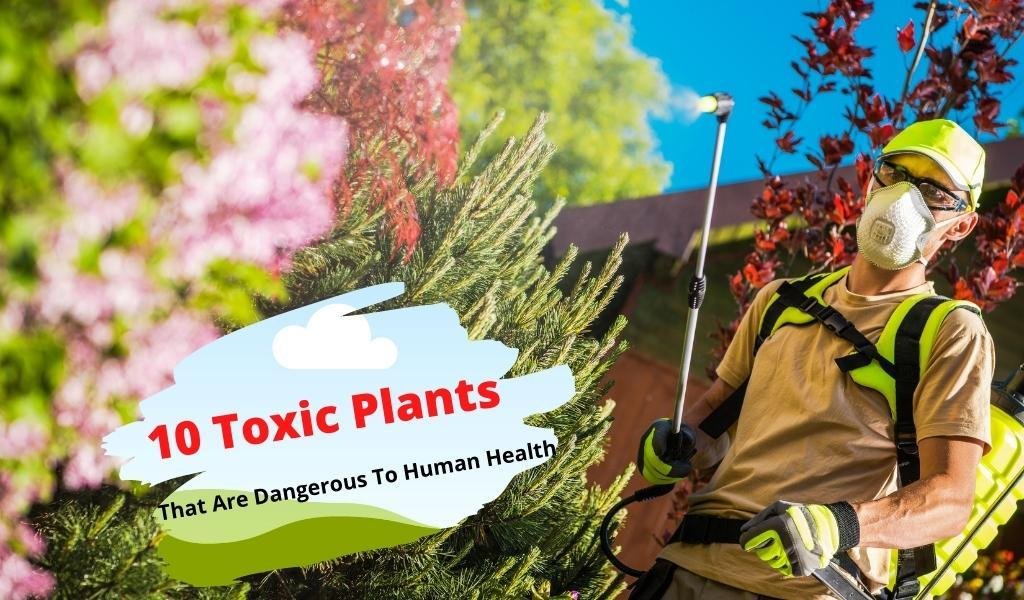There are several poisonous plants in the world. Toxin levels vary widely, but care must be taken before planting or handling these plants. They are dangerous for your health if you touch or eat them. Problems with poisonous plants often increase when the abundance of grass decreases during periods of less than normal rainfall. In this guide, I will discuss a few toxic plants that are dangerous to human health.
List of Toxic Plants
1. Bittersweet Nightshade
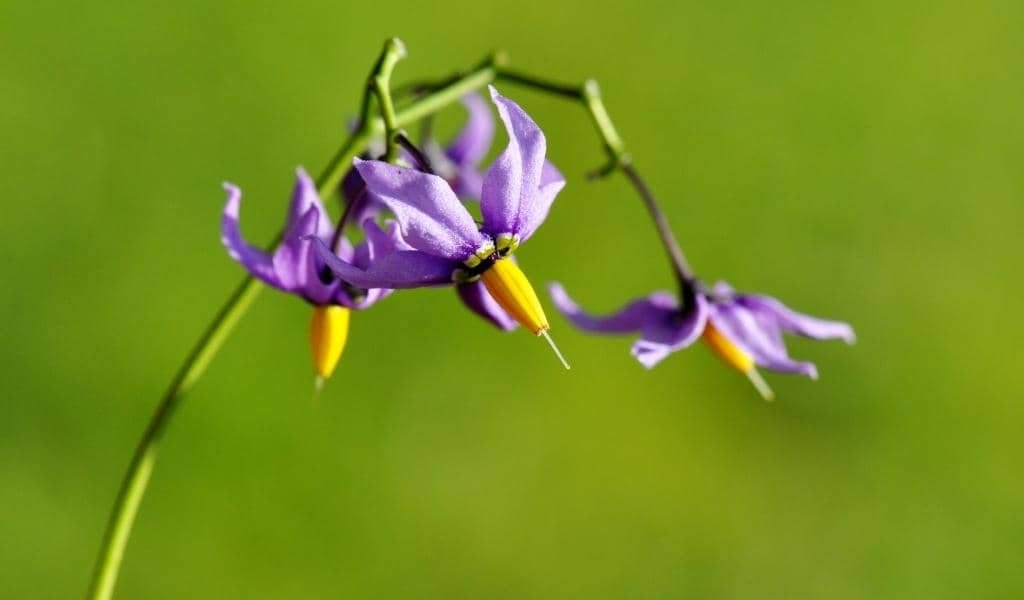
Scientific name: Solanum dulcamara.
Bittersweet nightshade is a very popular woody weed and is especially dangerous to be around children due to the brightly colored berries. It contains the highest level of toxicity for humans and animals. All the parts of this plant are toxic, so it has adverse impacts on your health if eaten. Bittersweet nightshades’ stems may be safe for adults, but the leaves and berries are unsafe for children, and they are very poisonous parts of these toxic plants. You can find several symptoms of poisoning these toxic plants, such as headaches, dizziness, vomiting, throat irritation, diarrhea, low blood circulation, and even death.
Height: 4 m
Sun exposure: full, partial
Soil type: moist, loamy
Soil pH: mildly alkaline
Native area: Eurasia
2. Chinese Lanterns
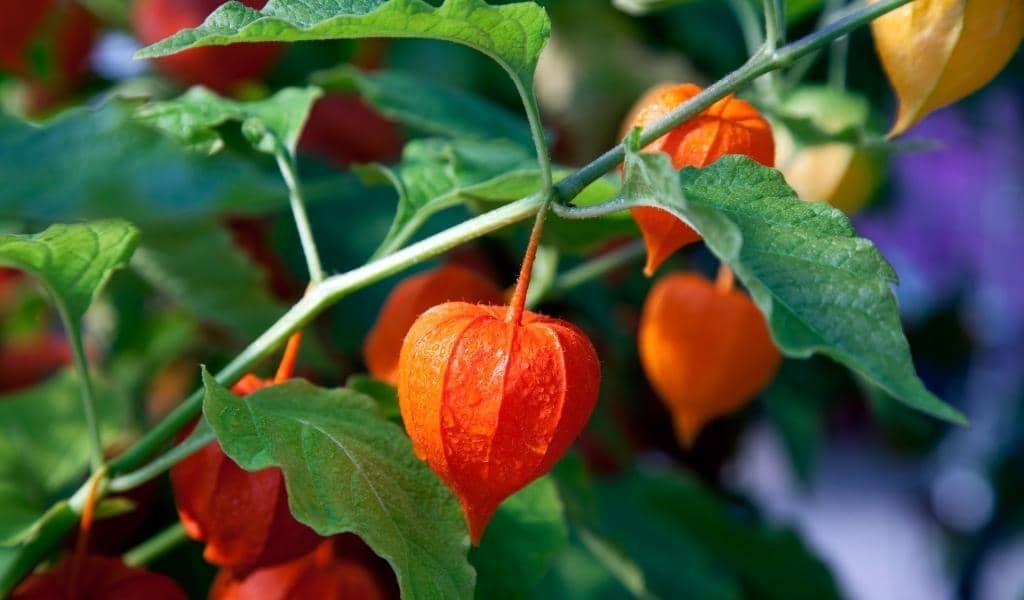
Scientific name: Physalis alkekengi
The leaves and fruits of the Chinese lantern plant are poisonous. Usually grown by craft enthusiasts, the initial color of the fruit powder is green. Colorful pods are useful in dried flower arrangements and nests. It has white flowers and blooms in the summer season.
Height: 1 to 2 feet
Sun exposure: full, partial
Soil type: moist, well-drained
Soil pH: neutral
Native area: Southern Europe and Northern Asia
3. Foxglove

Scientific name: Digitalis purpurea
Foxgloves are biennials that grow well in dry, shaded areas. They thrive with a variety of tubular, often deciduous, flowers that form on spikes in shades ranging from purple to white. If used by humans, any parts, such as flowers, leaves, roots, and stems, are one of the most toxic specimens usually grown in landscapes. It can cause diarrhea, irregular heartbeat, weakness, vomiting, and death.
Height: 18 to 60 inches
Sun exposure: full, partial
Soil type: well-drained, loamy soil
Soil pH: acidic
Native area: Europe, the Islands
4. Mountain Laurel

Scientific name: Kalmia latifolia
If you live in an eastern North American country, you may have some wild mountain laurel growing in your backyard. Also sold in mountain laurel cultivar nurseries, including attractive minute laurel. It belongs to the health family and is toxic to bark, sap, leaves, and flowers. After initial use, the victim may experience inflammation of the lips, mouth, throat, low blood pressure, abdominal pain, paralysis, and so on.
Height: 6 to 15 feet
Sun exposure: Full
Soil type: well-drained
Soil pH: acidic
Native area: North America
5. Castor Bean
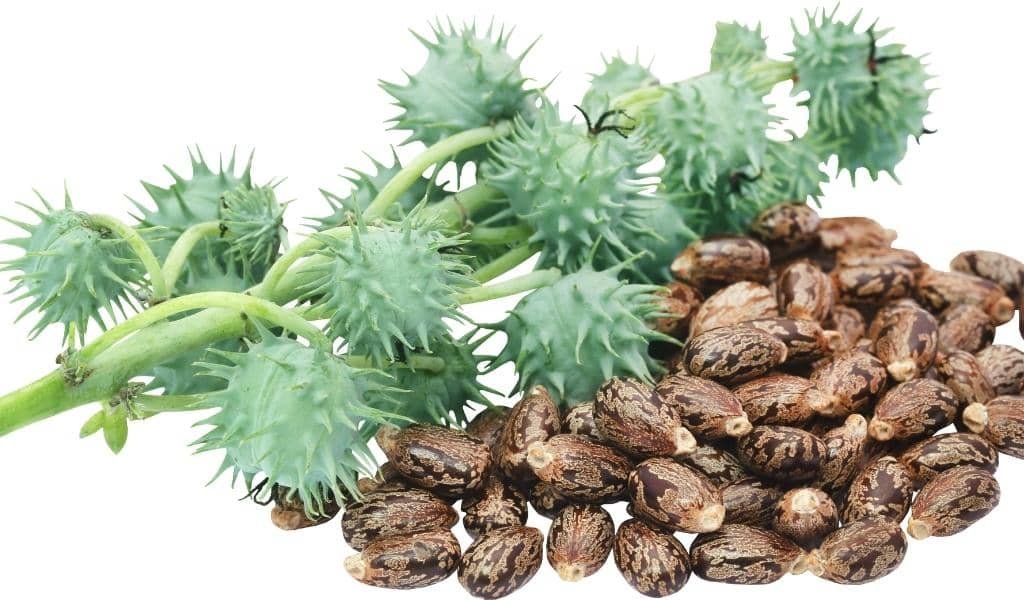
Scientific name: Ricinus communis
Castor bean is a tropical plant that is widely grown annually in northern California, often as a potted plant for a patio, deck, or porch. The leaves, stems, and seed heads are all attractive. Castor oil, a laxative, is obtained from castor plants, but it is deadly poisonous. Sometimes it is safe for humans if they take it at an appropriate dose. However, in some people, it can cause several hazardous diseases like cramps, abdominal discomfort, and dizziness.
Height: 40 feet
Sun exposure: full
Soil type: well-drained, loamy
Soil pH: acidic
Native Area: Africa and India
6. Yew Shrubs

Scientific name: Taxus spp.
These plants are grown in both the sun and the shade. The shade tolerance of these plants gives landscape designers an important option in challenging areas, but their berries contain a poisonous seed. It contains poisonous, needle-like leaves that are poisonous to humans and animals.
Height: around 20 feet
Sun exposure: full, partial, shade
Soil type: loamy, moist, and well-drained
Soil pH: neutral
Native area: Central and Eastern North America
7. Poison Sumac
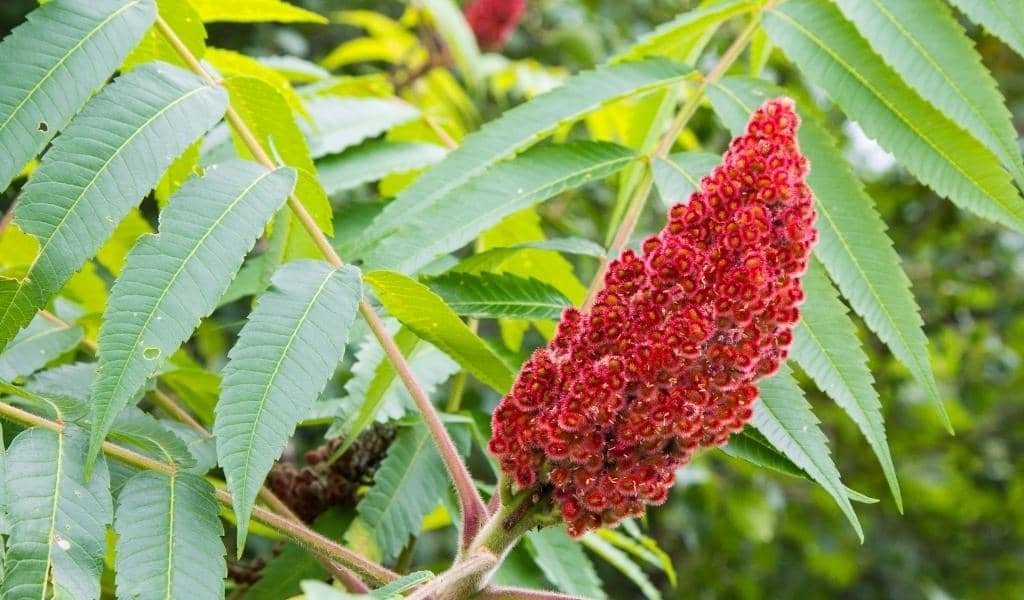
Scientific name: Toxicodendron vernix
The leaves and berries of poisonous sumac are both poisonous. Poison sumac consists of 7 to 13 leaflets, a red stem, and white, oddly shaped berries. Skin contact with toxic sumac plant oil causes an allergic skin reaction known as contact dermatitis.
Height: 5 to 6 feet
Sun exposure: Moderate
Soil type: sandy, loamy, moist
Soil pH: acidic
Native Area: Canada
8. Poison Ivy
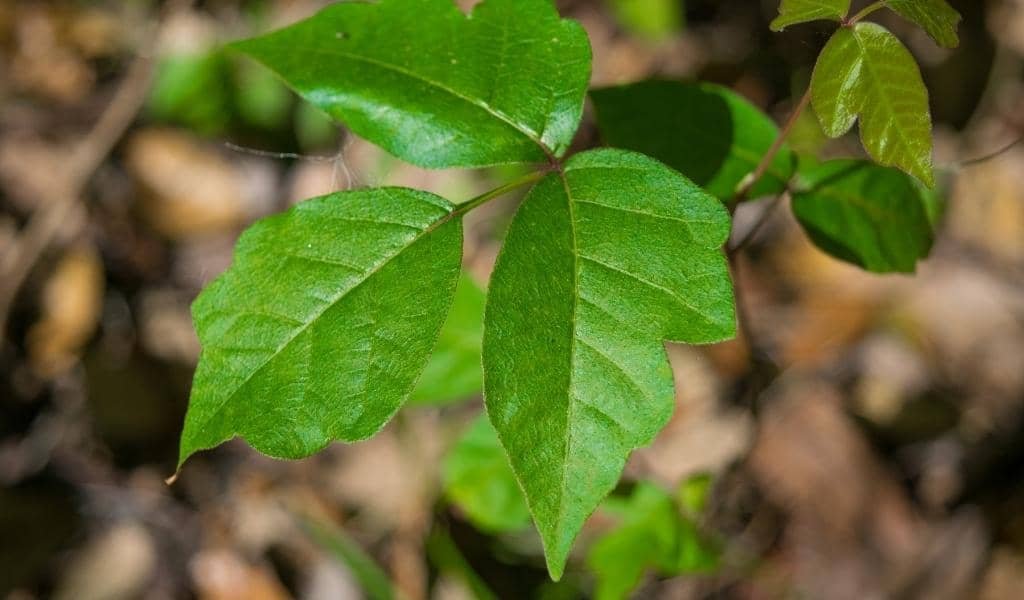
Scientific name: Toxicodendron radicans
The toxic quality of poison ivy comes from oil called urushiol. If the plant burns, it also produces smoke. When the leaves are the most poisonous part of the plant, contact with any part of the plant should be avoided to prevent a reaction. If the contaminant is not cleaned, the urethra on it can cause a skin reaction even after years.
Height: 1 to 2 feet
Sun exposure: moderate
Soil type: moist
Soil pH: acidic
Native area: Eastern North America
9. Easter Lily
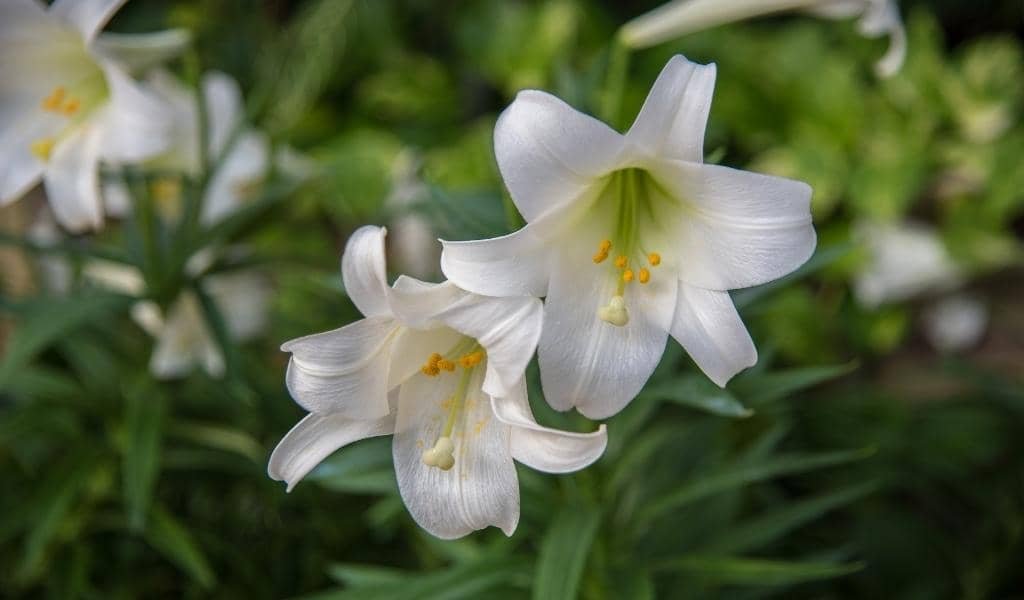
Scientific name: Lilium longiflorum
You can thank the workers somewhere in the greenhouse for giving perfume on Easter in cold weather. Workers had to endure a lot of pain to cheat them out of the season. Gardeners in the northern climate cannot expect Easter lilies to bloom earlier than July, when most other popular lilies bloom. Whereas stems and leaf juices can be toxic to humans, they are more problematic for pets because they are too poisonous for them.
Height: 36 inches
Sun exposure: full, partial
Soil type: loamy, well-drained
Soil pH: acidic, neutral
Native area: Japan
10. Lantana

Scientific name: Lantana camara
Lantana has colorful flower clusters and is usually used by flies as an annual in hanging pots in cold climates. Growers in warm climates identify the lantana as a shrub. Here, this vigorous can also be aggressive. However, its aggression is not the only problem that arises with growing this plant: its berries, leaves, and juices are poisonous.
Height: 5 to 6 feet
Sun exposure: full
Soil type: well-drained
Soil pH: acidic
Native area: Central and South America
There are a wide variety of plants that can be poisonous, and now is a good time to identify them. Therefore, in this article, you will find a few toxic plants that may cause dangerous diseases for humans. It is important that everyone should know about these kinds of toxic plants.
Hope, you liked reading the guide. If you think we have missed something or have any suggestions, please drop your valuable opinion in the comment section below.
If you are searching fresh and live houseplants online then checkout our extensive collection of amazing indoor and outdoor houseplants.

